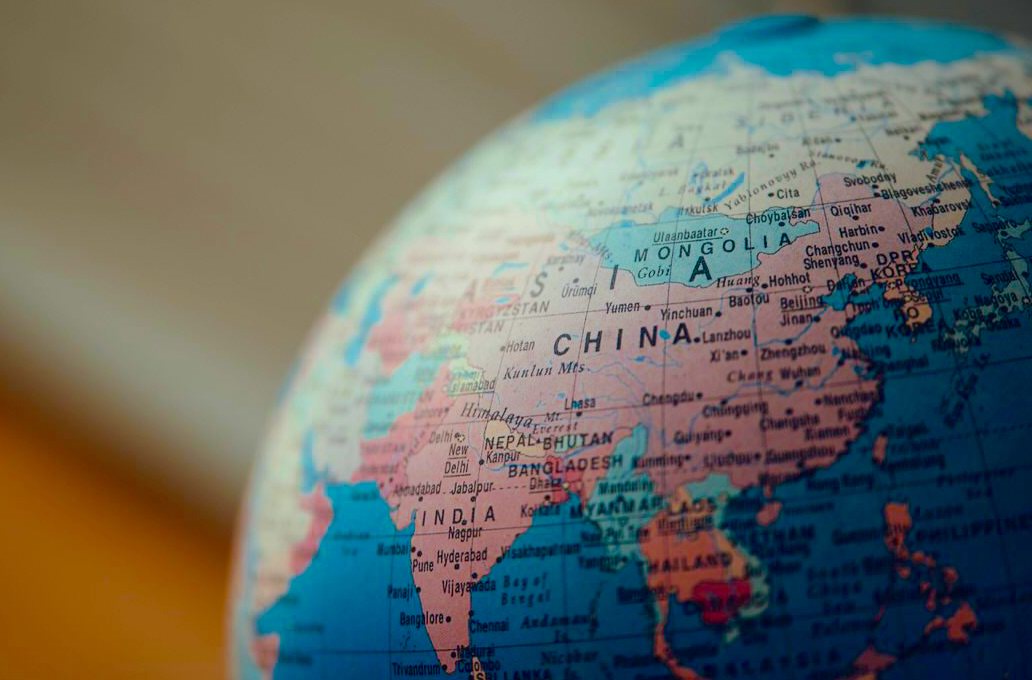Emerging Markets Notebook (2010-05-10)
Strengths
- South Korea’s exports climbed another robust 31.5 percent year-over-year in April, a sixth month of expansion, as global recovery continued to create demand for electronics.
- Prime Minister of Thailand, Abhisit Vejjajiva, proposed an early election on November 14 to end the eight-week anti-government demonstration which caused 25 deaths, the worst violence there in 18 years.
- Following a contraction of 8 percent in 2009, the Mexican economy is on course for a 4.5 percent expansion this year mainly on the back of a U.S. recovery. Auto production, up 40 percent this year, and higher manufacturing activity have been the main drivers of an economic recovery in Mexico.
- The Mexican public finances in 2009 are based on a price of oil of $59 and with a year-to-date average of $72, the extra funding will be used for infrastructure (35 percent) and stabilization fund (65 percent). As a result of higher oil prices, Debt/GDP in 2010 is expected to reach 32 percent and, holding other things constant, would be expected to fall to 28 percent in 2015.
- Latin American economies’ finances seem in a much better shape than some of the riskier countries in Europe, particularly Portugal, Ireland, Greece and Spain (PIGS). For example, Public Spending Borrowing Requirement (PSBR) for Peru, Chile, Mexico, Colombia and Brazil stands at 1.2 percent, 2.4 percent, 3.1 percent, 3.8 percent and 4.1 percent respectively. By contrast, the figure for Portugal is 7.6 percent, Ireland 12.2 percent, Greece 9.8 percent, and Spain 8.5 percent.
- In April, total business activity in the Russian service sector rose at the strongest rate since July 2008. The service sector workforce expanded, following eighteen months of job shedding. .

Weaknesses
- China raised the required reserve ratio by 50 basis points to 17 percent for large banks and 15 percent to small banks, a third increase this year as policymakers continued to drain liquidity from the system to manage inflation expectations.
- The HSBC China Purchasing Managers’ Index fell to a six month low of 55.4 in April from March’s 57, indicating a moderation in the expansion of manufacturing activity in China amid government tightening policies towards an overheated economy.
- The issue of violence, particularly in the northern part of Mexico, continues to dominate headlines and has affected some business activity in parts of the country. Having said this, according to government statistics, the homicide rate in Mexico (12/1,000 population), is still below the level in Colombia (15/1,000) and in Brazil (30/1,000).
- We have witnessed a deterioration in the air quality in Mexico City since last year. Possibly a side effect of an economic recovery?
- Polish bonds and currency zloty have been popular with foreign investors based on the country’s good economic prospects. The zloty had its biggest rally since 2004 in the first three months of the year but since then slumped by 14 percent on concerns about Europe’s debt crisis.
Opportunities
- Malaysia has been viewed historically as a defensive market in Emerging Asia, and foreign investors typically migrate to Malaysia when market uncertainties rise. In fact, foreign ownership of Malaysian equities has dwindled from above 25 percent between 2007 and mid-2008 to around 20 percent in March as global markets rallied after the financial meltdown. Intensifying concerns in Europe and China might cause liquidity to rotate into safer places such as Malaysia again.

- With employment in an informal economy accounting for nearly 50 percent of workforce in Mexico, we see potential for growth in financial services with products that target a lower income market segment (on a risk adjusted basis) that has no access to regular bank products. In addition, credit is still tight for small and medium companies so a pick up in lending might provide a boost to an economic activity.
- Mexico’s spending on infrastructure between 2000-06 amounted to 3.5 percent of GDP and is likely to increase to 4.6 percent in 2007-10.
- The number of construction companies in Mexico declined from 3,000 in 2008 to 860 this year (partly as a result of a dislocation in some parts of the economy due to violence), which may provide more opportunities for well-established players.
- Homex, one of the largest home builders in Latin America, is expanding to Brazil and India. The company estimates that international sales will account for 3-5 percent of revenue this year. Urbi’s EBITDA margin improved to 29.4 percent last year and the company turned free cash flow positive.
- Walmart has identified 300 cities across Mexico and Central America where the company is not yet present and hence represents an opportunity for growth. The company has a strong balance sheet with no debt. Other retailers (Chedraui, Soriana) also plan to capture a bigger share of the consumer’s wallet.
- Selected Latam retailers operate in a more healthy environment than many retailers in developed markets, which explains hefty valuations. For example, Walmex’ ROE stands at 23.3 percent compared with 17.2 percent at Tesco, 15.1 percent at Target, or 11.3 percent at Costco.
- A recent proposal by the Ministry of Economic Development to ensure that beginning in 2010 Russian state owned companies pay dividends of no less than 25 percent of earnings could contribute to the possible increase in dividend yields.
Threats
- There exists a meaningful correlation between property sales and auto sales in China in the past four years, as many first time car owners purchased their vehicle shortly after they moved into a new home. Harsh government policies towards the property sector have already resulted in a sizable decrease in home transactions, which might keep potential buyers on the sideline and delay their decisions to purchase a vehicle.

- Clearly an escalation of violence in Mexico does not bode well for investors’ sentiment toward the country.
- Ongoing economic turmoil in Europe may have a detrimental effect on ASUR’s airport traffic and European passengers account for around 10 percent of overall traffic in Cancun airport.
- While Central Eastern Europe is clearly poised for underperformance amidst the Greek debt issues, three of the five most vulnerable markets (ex Bulgaria) have International Monetary Fund (IMF) programs, while Hungary and Romania will likely have no financing gap even without the IMF.













